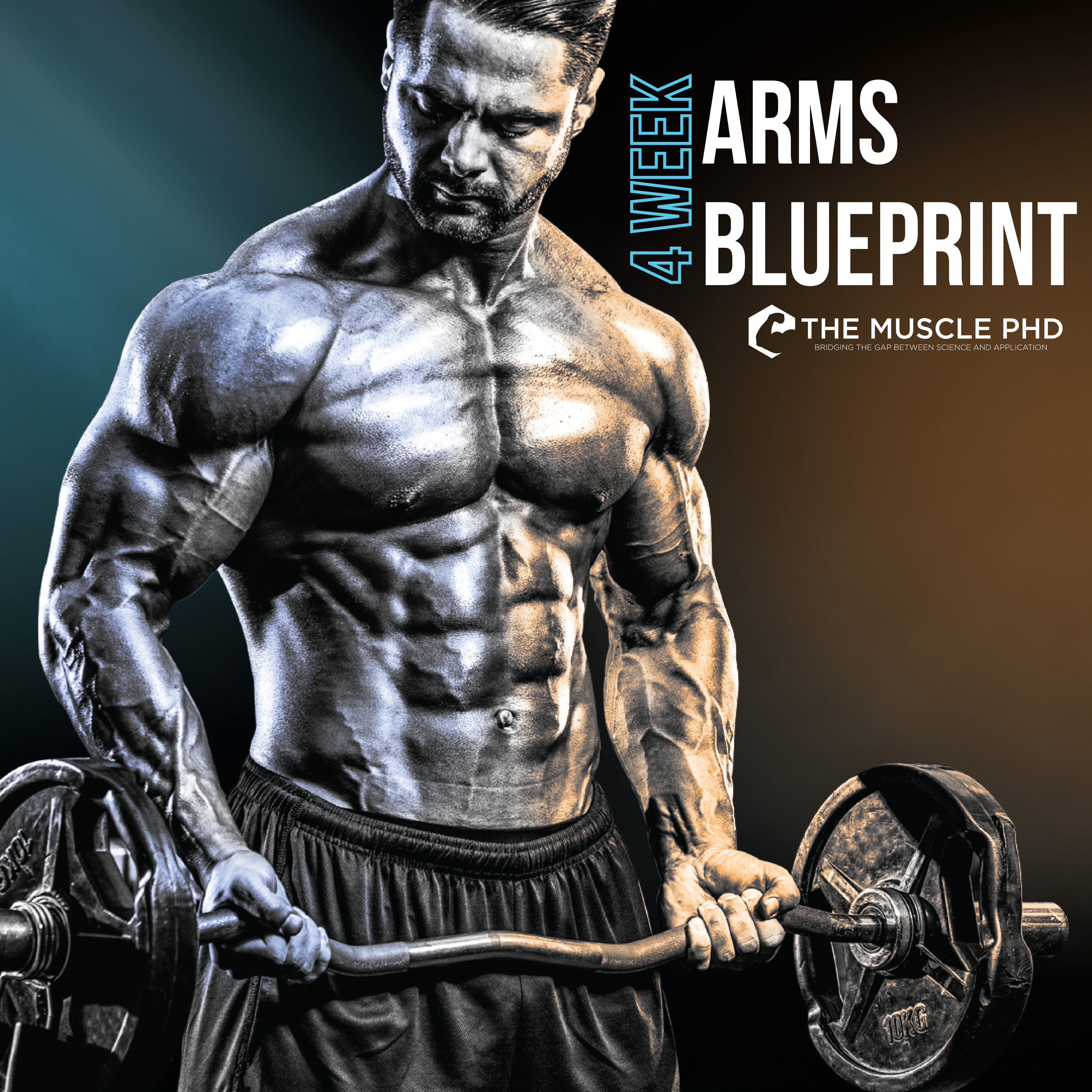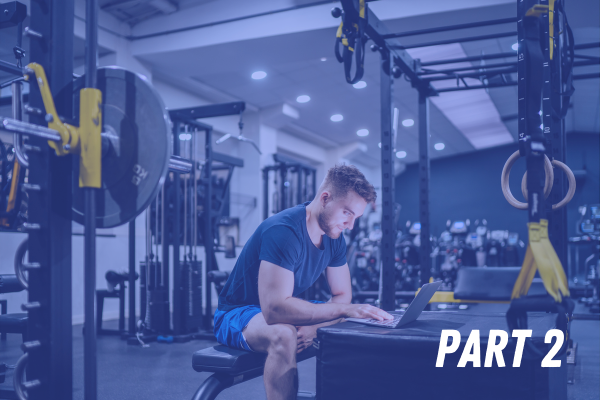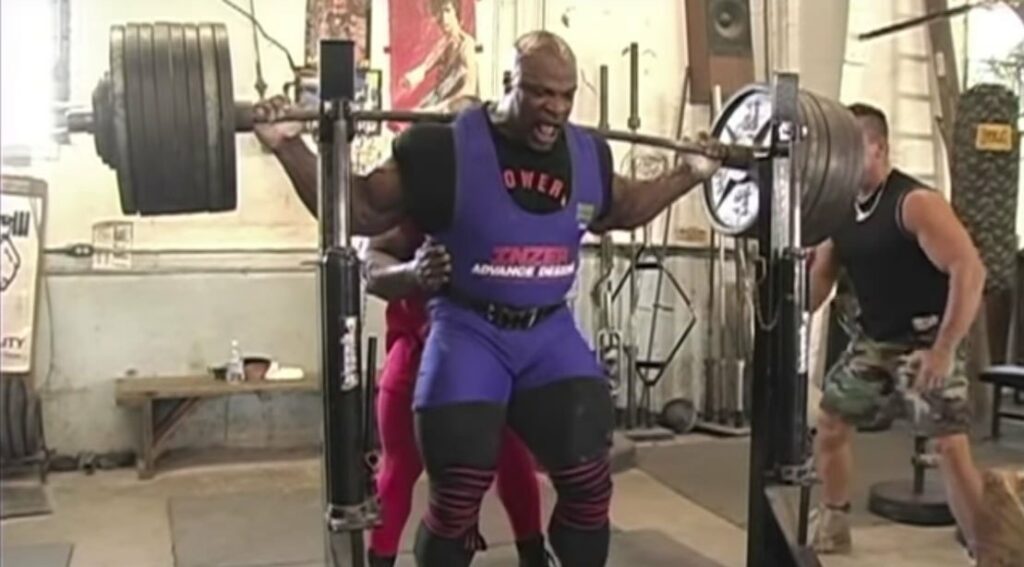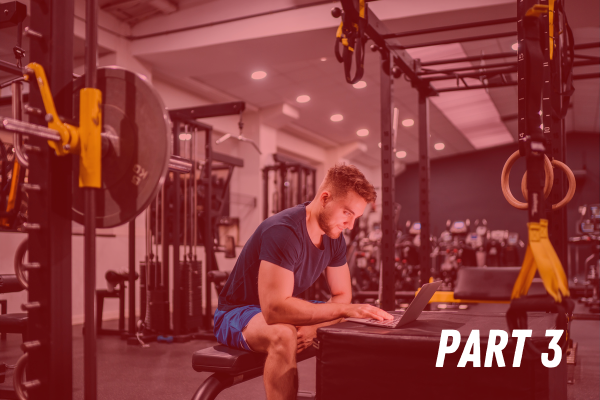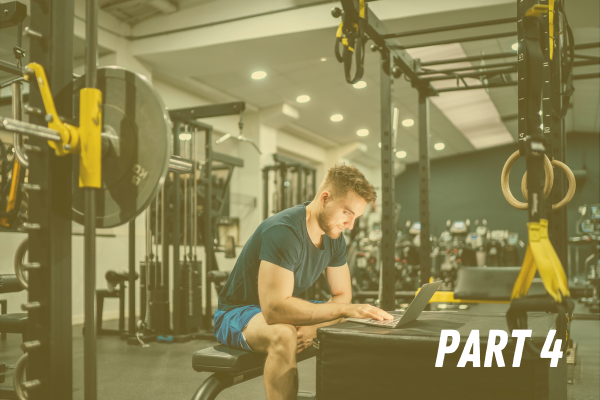Introduction
The squat. The one exercise that strength coaches and Instagram booty building programs agree on the most. It’s also one of the most controversial exercises – every bro with bad knees and every doctor who’s never touched a weight seems to have an opinion as to why you shouldn’t do them and even more reasons why you should NEVER squat below parallel. Unfortunately for our chicken-legged gym bros and scrawny doctors, we’ve got a few pretty good reasons why squats are perfectly safe – especially past parallel.
Squats have been studied extensively for their hypertrophy-inducing and performance-improving benefits. So why is the squat considered the king of lower body exercises? First off, squats have been shown to activate over 200 muscles in the body and induce hypertrophic effects on essentially every muscle in the lower body (1,7). In addition to reimbursing your leg gains account, squats have also been shown to improve athletic performance by increasing power output and improving sprint times (2,5). Those reasons alone should satisfy any bodybuilder, powerlifter, athlete, or even casual gym goer trying to improve their quality of life – the carryover of improved lower body and back strength to everyday life is tremendous.
Unfortunately now we must assuage the opinions of those who like to bash squats. I think we can all agree that the only people who hate on squats are ones that don’t squat proficiently – of course a squat is going to hurt if you do it wrong! Brushing your teeth can hurt too if you do it wrong, but I don’t see many people ragging on another’s pearly whites, do you? So where do we start? Oh, right, “squats are bad for your knees.”
The Scary Stuff
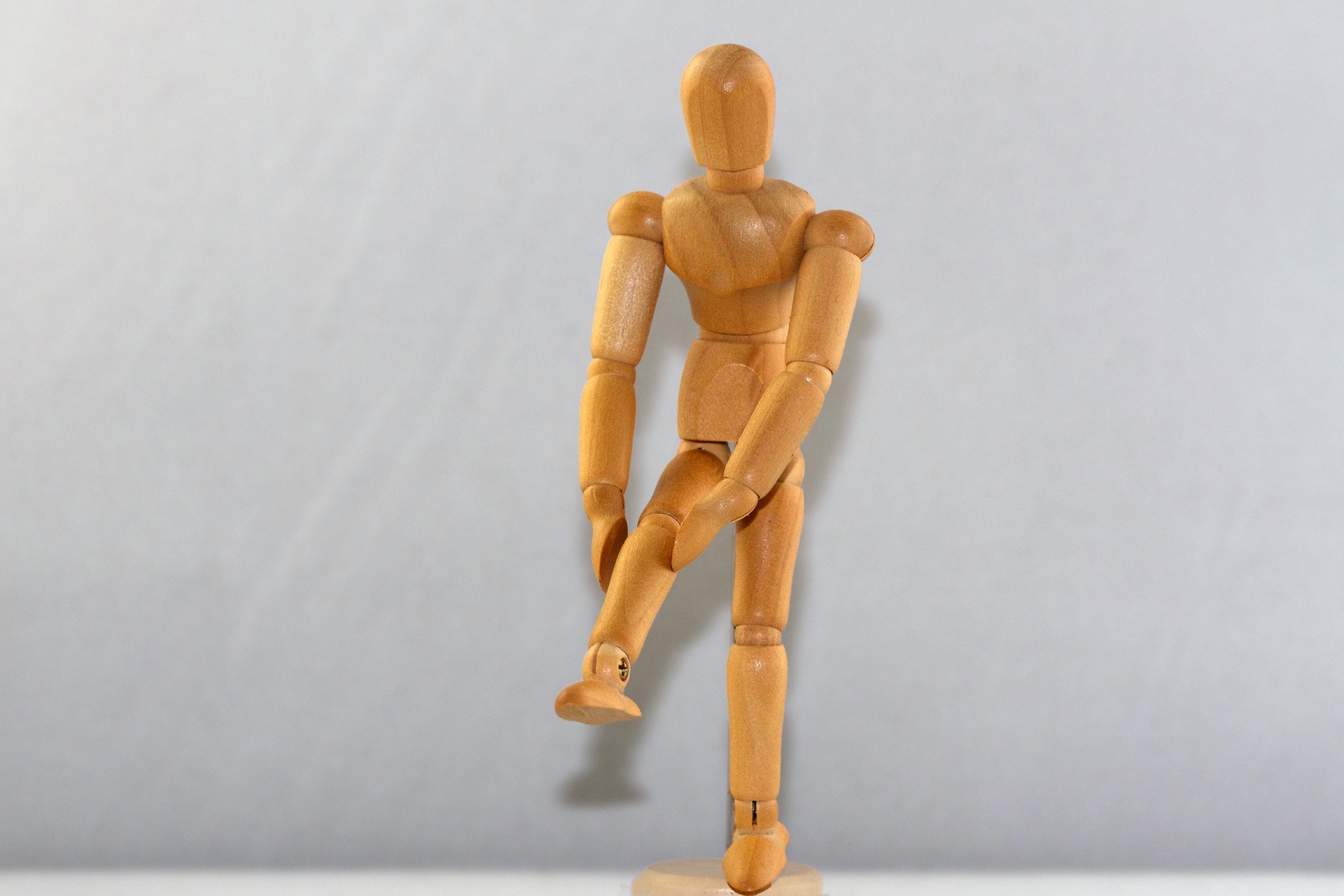 Let’s start with the scary sounding stuff, the naysayers are absolutely right in saying that shear forces increase at the knee as you descend into a squat, with forces in the patella and quadriceps tendon peaking around 130-degrees of knee flexion (6). So yeah, those deep squats do cause a little stress to your knees. But here’s the nitty-gritty – powerlifters squatting 2.5x their body weight were the study subjects that showed patella tendon forces to peak around 130-degrees of knee flexion. First of all, that’s a pretty uncommon level of strength in the squat. Second of all, the peak patella tendon force rang in at the tune of 6000 N which sounds like a lot, however, the ultimate tensile strength of the patella tendon is between 10,000 and 15,000 N (6). And that’s for untrained individuals – resistance training has also been shown to increase connective tissue strength (7). As far as the quadriceps tendon goes, it’s even thicker and stronger than the patellar tendon (6), so unless there is something seriously wrong with your form, the tendons in your knees are perfectly safe.
Let’s start with the scary sounding stuff, the naysayers are absolutely right in saying that shear forces increase at the knee as you descend into a squat, with forces in the patella and quadriceps tendon peaking around 130-degrees of knee flexion (6). So yeah, those deep squats do cause a little stress to your knees. But here’s the nitty-gritty – powerlifters squatting 2.5x their body weight were the study subjects that showed patella tendon forces to peak around 130-degrees of knee flexion. First of all, that’s a pretty uncommon level of strength in the squat. Second of all, the peak patella tendon force rang in at the tune of 6000 N which sounds like a lot, however, the ultimate tensile strength of the patella tendon is between 10,000 and 15,000 N (6). And that’s for untrained individuals – resistance training has also been shown to increase connective tissue strength (7). As far as the quadriceps tendon goes, it’s even thicker and stronger than the patellar tendon (6), so unless there is something seriously wrong with your form, the tendons in your knees are perfectly safe.
“But,” the naysayers will say, “your ACL, bro!” Another interesting point, since at a glance, it does look like some spooky stuff is going on with your knee shifting forward. A quick recap – the ACL is the ligament deep inside your knee that prevents the tibia from shifting forwards past the femur (6). We see ACL tears happen often in football and soccer when players are trying to change direction and their foot gets stuck in the ground – the tibia is stuck but the knee keeps moving. So yeah, with the knee moving forward towards the toes in a squat, it looks a little sketchy.
Is it Really That Scary, Though?
Here’s the interesting part though – your hamstrings have you covered. The hamstrings act as both a hip extensor and knee flexor – which, if you think about it, is a little weird since you don’t typically do both motions at the same time. So while the hips are flexing during the descent of a squat the hamstrings can spend more time helping out at the knee since their hip activity is rather limited. The hamstrings assist in a squat by pulling on the tibia which helps neutralize any forward shift or shear from the quadriceps acting on the other side of the knee (3). So what does this mean for our ACL? The highest shear force experienced by the ACL during a squat is equivalent to 6% of the ACL’s ultimate tensile strength (8). 6%. And people think you should skip squats because of ACL worries.
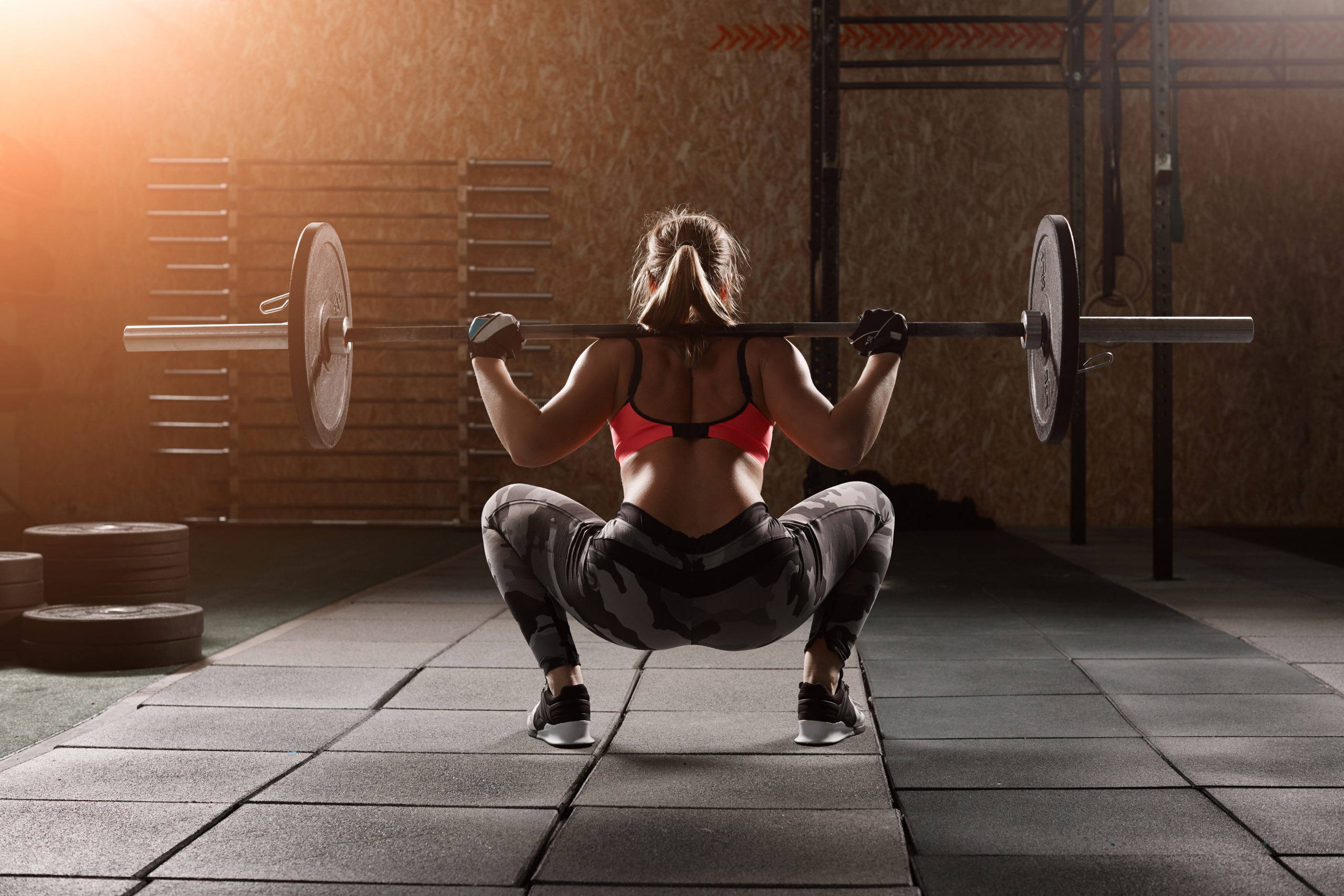 Okay, okay, so all of your soft tissue seems to be pretty safe during a squat. But what about deep squats past parallel? Surely those are bad, right? Even with all those forces rising with increasing knee flexion levels, the knee joint is actually pretty constrained at angles past 120-degrees of flexion. This constraint causes much less forward and backward motion of the tibia – try it out for yourself: sit into a deep squat and try to move your knees forwards and backwards – it just doesn’t work. This impingement is due to the way your tibia and femur meet at the knee plus all of the soft tissue in the joint, including menisci, joint capsules, and even the fat around your hamstrings (8). Next time you see a toddler, wait for them to find something shiny on the floor – it’s bound to happen. How do they pick it up? They drop into a perfect squat, butt to heels with a tall chest. A deep squat is a natural human motion, it’s why our knees are built the way they are. Squats were never bad for people, people just get bad at squatting.
Okay, okay, so all of your soft tissue seems to be pretty safe during a squat. But what about deep squats past parallel? Surely those are bad, right? Even with all those forces rising with increasing knee flexion levels, the knee joint is actually pretty constrained at angles past 120-degrees of flexion. This constraint causes much less forward and backward motion of the tibia – try it out for yourself: sit into a deep squat and try to move your knees forwards and backwards – it just doesn’t work. This impingement is due to the way your tibia and femur meet at the knee plus all of the soft tissue in the joint, including menisci, joint capsules, and even the fat around your hamstrings (8). Next time you see a toddler, wait for them to find something shiny on the floor – it’s bound to happen. How do they pick it up? They drop into a perfect squat, butt to heels with a tall chest. A deep squat is a natural human motion, it’s why our knees are built the way they are. Squats were never bad for people, people just get bad at squatting.
Conclusion
If you’re still worried about squats, go find a good trainer or strength coach who can teach you proper form and progress you at YOUR pace. Watching videos is rarely enough to truly learn how to do an exercise correctly – let alone safely. You can’t make progress in the gym if you’re getting hurt all the time, so always make sure safety is your #1 priority while training.
References
- Caterisano, A., et. al. (2002). The effect of back squat depth on the EMG activity of 4 superficial hip and thigh muscles. Journal of Strength and Conditioning Research, 16(3), 428-432.
- Cormie, P., McGuigan, M.R., & Newton, R.U. (2010). Adaptations in athletic performance after ballistic power versus strength training. Medicine & Science in Sports & Exercise, 42(8), 1582-1598.
- Escamilla, R.F. (2001). Knee biomechanics of the dynamic squat exercise. Medicine & Science in Sports & Exercise, 33, 127–141.
- Li, G., DeFrate, L.E., Rubash, H.E., and Gill, T.J. (2005). In vivo kinematics of the ACL during weight bearing knee flexion. Journal of Orthopedic Research, 23, 340–344.
- McBride, J.M., Blow, D., Kirby, T.J., Haines, T.L., Dayne, A.M., & Triplett, N.T. (2009). Relationship between maximal squat strength and five, ten, and forty yard sprint times. The Journal of Strength & Conditioning Research, 23(6), 1633-1636.
- Nagura, T., Dyrby., C.O., Alexander, E.J., and Andriacchi, T.P. (2002). Mechanical loads at the knee joint during deep flexion. Journal of Orthopedic Research, 20, 881–886.
- Schoenfeld, B.J. (2010). Squatting kinematics and kinetics and their application to exercise performance. Journal of Strength and Conditioning Research, 24(12), 3497-3506.
- Toutoungi, D.E., Lu, T.W., Leardini, A., Catani, F., and O’Connor, J.J. (2000). Cruciate ligament forces in the human knee during rehabilitation exercises. Clinical Biomechanics, 15, 176–187.
From being a mediocre athlete, to professional powerlifter and strength coach, and now to researcher and writer, Charlie combines education and experience in the effort to help Bridge the Gap Between Science and Application. Charlie performs double duty by being the Content Manager for The Muscle PhD as well as the Director of Human Performance at the Applied Science and Performance Institute in Tampa, FL. To appease the nerds, Charlie is a PhD candidate in Human Performance with a master’s degree in Kinesiology and a bachelor’s degree in Exercise Science. For more alphabet soup, Charlie is also a Certified Strength and Conditioning Specialist (CSCS), an ACSM-certified Exercise Physiologist (ACSM-EP), and a USA Weightlifting-certified performance coach (USAW).



